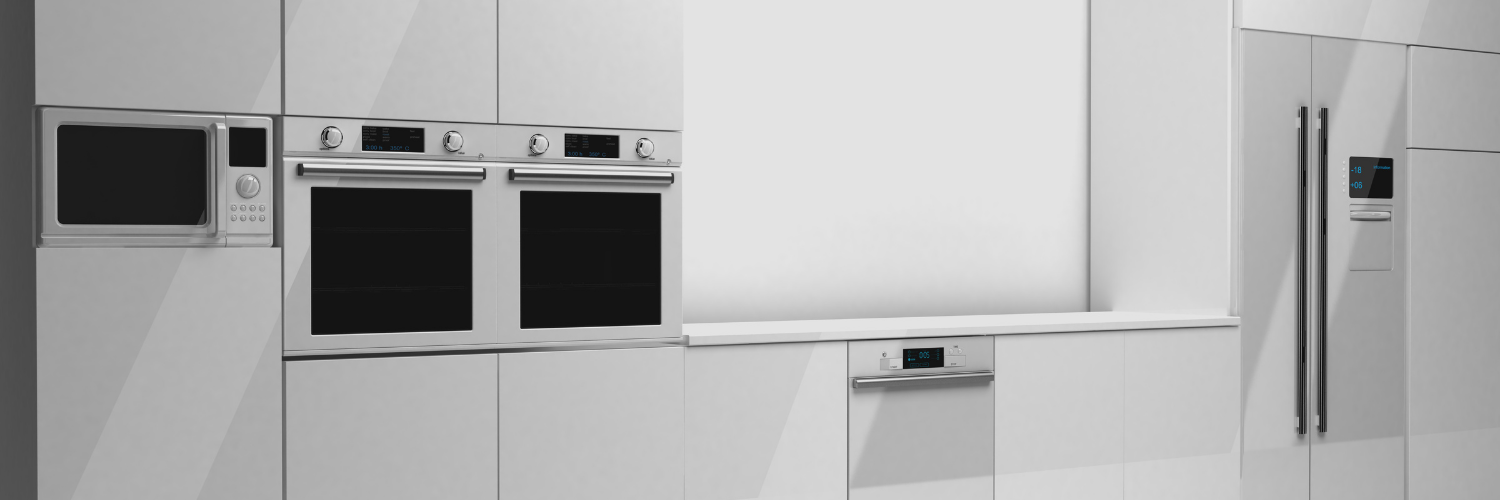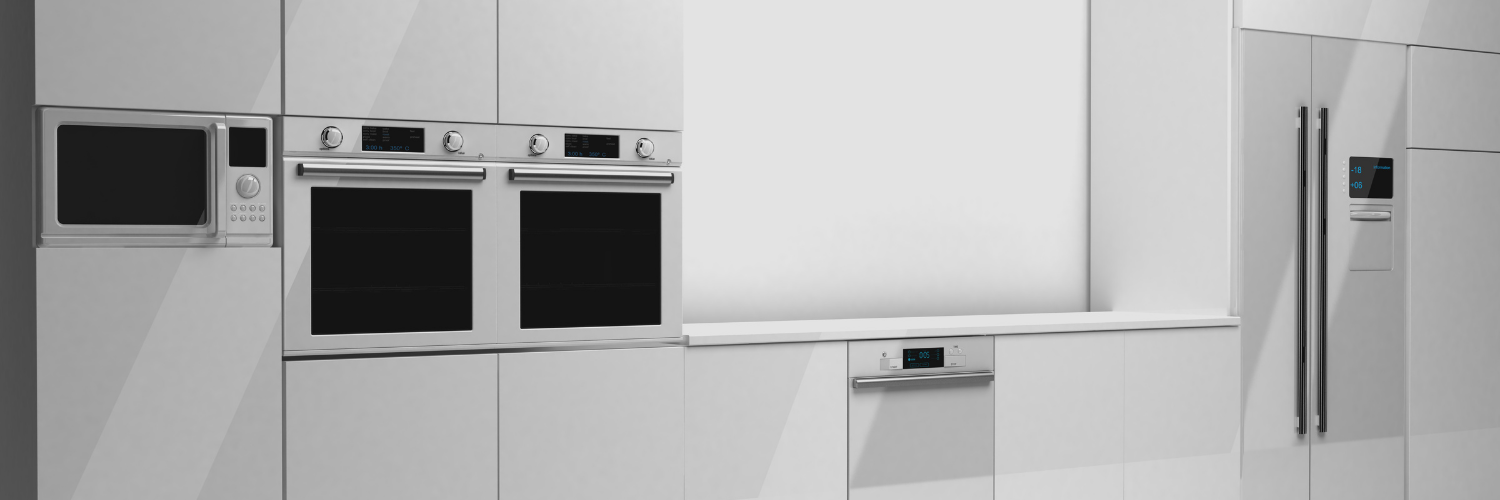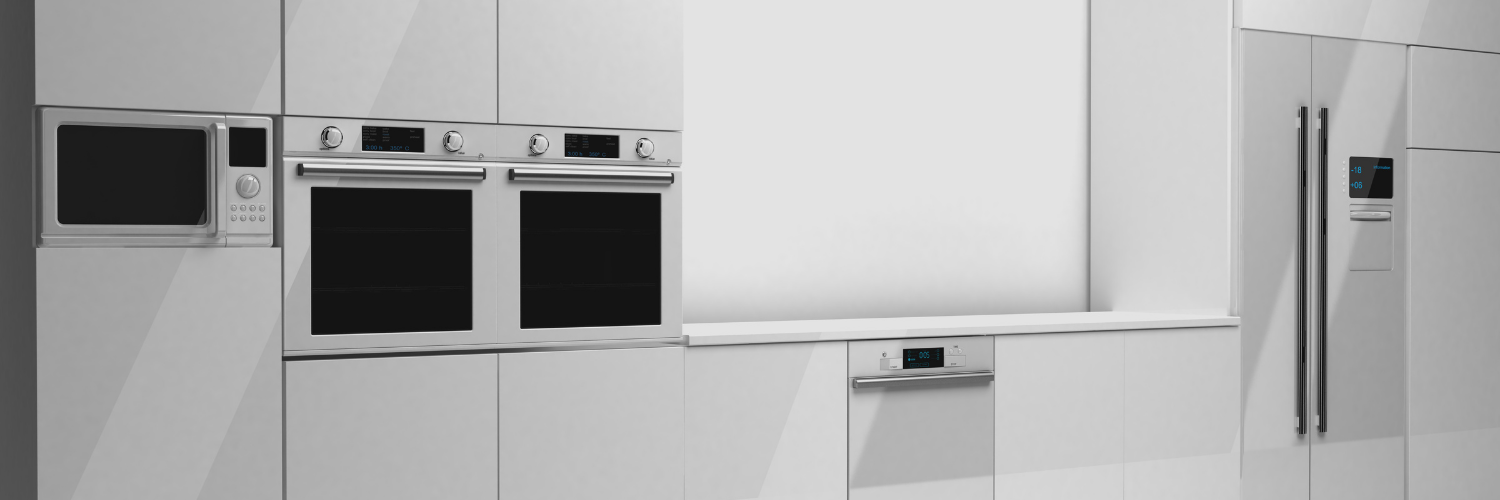Why is My Kenmore Fridge Not Cooling But Freeze Works
Troubleshooting Tips from Appliance Repair Pros Edmonton
Experiencing issues with your Kenmore refrigerator can be frustrating, especially when the freezer is working perfectly while the fridge struggles to cool. There are several potential reasons for this situation, including problems with airflow, faulty components, or settings that may need adjustment. By identifying the root cause, you can take the necessary steps to resolve the problem and prevent food spoilage.
Understanding the common issues that affect refrigerator cooling performance is essential for any homeowner. Factors such as iced evaporator coils, faulty temperature control, or even blocked air vents can lead to an inefficient fridge. Knowing how to troubleshoot these potential problems will empower you to make informed decisions and potentially save on costly repairs.
In this blog post, we will explore the various reasons why your Kenmore fridge may not be cooling effectively while the freezer functions as it should. By examining these causes and providing clear solutions, you can address the issue and restore your refrigerator's performance.
Understanding the Basics of Fridge Operation
To comprehend why your Kenmore fridge may not be cooling while the freezer operates, it is essential to understand the primary components and their functions in refrigeration. Each part plays a crucial role in maintaining optimal temperatures for food preservation.
Components Responsible for Cooling
Your refrigerator consists of several key components that work together to cool the interior effectively:
- Compressor: Often called the heart of the fridge, it compresses refrigerant and circulates it through the system.
- Condenser Coils: Located at the back or bottom of the fridge, these coils dissipate heat from the refrigerant as it transitions from gas to liquid.
- Evaporator Coils: Found inside the fridge, these coils absorb heat from the interior, allowing the refrigerant to evaporate and cool the air.
- Fans: The condenser fan helps distribute cool air while the evaporator fan circulates the cold air within the fridge.
If any of these components fail or are obstructed, cooling efficiency drops significantly.
The Role of the Freezer in Overall Cooling
The freezer is integral to your refrigerator's cooling process. It maintains lower temperatures that influence the overall functioning of the appliance:
- Heat Exchange: The freezer removes heat from the food and sends cooler air to the fridge, ensuring consistent temperatures for both compartments.
- Frost Management: In some cases, ice build-up in the freezer can obstruct airflow or cause issues with the evaporator coils, leading to cooling problems.
- Thermostat Coordination: The freezer’s thermostat helps regulate balance between the two sections, affecting how well your fridge maintains desired temperatures.
Understanding these roles can help you identify issues when your fridge cools inadequately while the freezer seems to perform correctly.
Common Causes of Cooling Issues in Kenmore Fridges
Several potential issues can cause your Kenmore refrigerator to stop cooling while the freezer remains functional. Identifying these problems can help you take the necessary steps to restore proper cooling.
Faulty Thermostat
A faulty thermostat can disrupt the cooling cycle of your Kenmore fridge. If it’s not operating correctly, it may not signal the compressor to turn on, leading to inadequate cooling in the refrigerator compartment.
To diagnose this issue, check the thermostat settings to ensure they are appropriately set. You can also test the thermostat with a multimeter. If it shows no continuity, it's time for a replacement.
Tips:
- Regularly check the settings.
- Replace it every few years to avoid potential failures.
Evaporator Fan Problems
The evaporator fan is responsible for circulating cold air throughout your fridge. If it becomes defective or blocked, cooling issues may arise even when the freezer functions normally.
Listen for unusual noises, as a failing fan can create a loud, grinding sound. If you suspect the fan is the culprit, inspect it for obstructions or ice buildup. In some cases, cleaning or replacing the fan will restore proper airflow.
Consider:
- Unplug the fridge before performing any maintenance.
- Ensure the fan operates smoothly during regular use.
Blocked Airflow
Blocked airflow is a common issue that affects the cooling efficiency of your Kenmore refrigerator. Items placed too close to air vents can restrict cold air circulation, causing the fridge to warm up while the freezer remains cold.
To avoid this, arrange food items so they do not obstruct the vents. Check the back of your fridge to ensure nothing is blocking the condenser coils, which can also impact overall cooling performance. Keeping the coils clean and clear is essential for optimal operation.
Recommendations:
- Organize your refrigerator regularly.
- Clean condenser coils at least twice a year to prevent buildup.
Troubleshooting Your Kenmore Fridge
When your Kenmore fridge is not cooling properly while the freezer still functions, there are specific steps you can take to diagnose the issue. You will want to examine the basic settings and potential blockages that may be affecting airflow within the refrigerator.
Initial Diagnostic Steps
Start by checking the temperature settings of your fridge. Ensure that they are set to the recommended levels, typically around 37°F (3°C) for the fridge and 0°F (-18°C) for the freezer.
Next, inspect the power supply. Make sure the fridge is plugged in and that the outlet is functioning. You can test the outlet by plugging in another appliance.
Also, check for any error codes displayed on the control panel, which can provide clues about specific issues. Lastly, examine the fridge for unusual noises that might indicate malfunctioning components.
Verifying the Freezer's Status
Since your freezer is working, it’s essential to confirm how well it’s maintaining its temperature. If ice is forming inside the freezer and blocking vents, this can restrict cold airflow to the fridge.
Check the freezer’s temperature; proper functioning should keep it steady at 0°F (-18°C).
You may also want to run a simple test: leave the freezer door open for a few minutes, then close it and listen for the sound of the compressor kicking back on. If it fails to engage, there may be a more serious issue affecting both compartments.
Inspecting for Ice Buildup
Examine the evaporator coils for any signs of frost buildup. If the coils are iced over, airflow will be significantly impeded, leading to inadequate cooling in the fridge section.
It's important to periodically clean these coils to ensure optimal performance.
Look inside the freezer for any blockages, especially around the airflow vents. If there’s a substantial ice buildup, defrosting the appliance may be necessary. This can often be done manually by unplugging the unit and allowing it to thaw.
Take care to remove any food items and use towels to absorb excess water during the defrosting process.
Professional Repair or DIY
Deciding between professional repair and DIY solutions is crucial when your Kenmore fridge is not cooling while the freezer functions normally. The following insights can help you determine the best course of action based on the severity of the issue.
When to Call a Professional
You should call a professional if the problem persists after basic troubleshooting, such as cleaning the condenser coils or checking the thermostat settings. If you notice any unusual noises, frequent cycling, or if your fridge has electrical issues, professional expertise is warranted.
Additionally, if the evaporator fan or condenser fan is not running, it may indicate a more complex issue that requires specialized tools and parts. It’s also advisable to consult a technician if you are uncomfortable performing electrical repairs or if the refrigerator is under warranty.
Common DIY Fixes
There are several DIY fixes you can try before seeking professional help. First, inspect the condenser coils for dirt or dust buildup. Cleaning them is often a straightforward process that can improve cooling efficiency.
Next, examine the evaporator fan for proper function. If it’s not running, it could be obstructed or faulty. Another common issue is frost buildup in the evaporator coils. Defrosting the coils can often resolve cooling problems.
Also, ensure that the thermistor and start relay are working correctly. These components can impact cooling and are often accessible for testing. Simple maintenance actions like leveling the fridge and keeping doors tightly closed can also help maintain optimal temperatures.
Maintaining Your Kenmore Fridge
Proper maintenance of your Kenmore fridge is essential for its efficiency and longevity. Regular attention can prevent cooling issues and keep your food fresh. Here’s what you need to focus on.
Regular Cleaning and Maintenance
Start by cleaning the interior and exterior surfaces of your fridge. Use a mixture of warm water and mild soap, avoiding harsh chemicals. Pay particular attention to the door seals; clean them with a soft cloth to ensure a proper seal.
Check the condenser coils every six months. Dust and debris can accumulate, impairing cooling efficiency. A vacuum attachment or a coil brush can help clean the coils effectively.
Additionally, inspect the water filter regularly. Change it every six months or as needed. This helps maintain the quality of the water and ice produced.
Long-Term Care Tips
For long-term upkeep, maintain an optimal temperature. The ideal setting for your Kenmore fridge is between 37°F and 40°F (3°C to 4°C). The freezer should be set at 0°F (-18°C).
Organize the contents; avoid overcrowding. This allows proper air circulation, ensuring consistent temperatures throughout.
Every few months, check the drainage hole and drip pan. Make sure they are clear of obstructions. A clogged drain can lead to water pooling inside the fridge, causing potential damage.
Invest in a thermometer to monitor temperatures regularly. Promptly address any issues to maintain functionality and extend the life of your appliance.
Frequently Asked Questions
When your Kenmore fridge is not cooling but the freezer is working, several factors may be at play. This section addresses common queries regarding the potential causes and solutions for this issue.
What could be causing the fridge compartment to stay warm while the freezer is still functioning?
Several issues can lead to a warm fridge while the freezer remains cold. Potential causes include blocked air vents, malfunctioning evaporator fans, or iced-over evaporator coils. These problems can restrict airflow or prevent proper cooling in the fridge compartment.
What steps should I take to diagnose a refrigerator cooling issue with a properly working freezer?
Begin by checking for any blockages in the vents between the compartments. Ensure that the temperature settings are correct and not set too high. Inspect components like the evaporator fan and condenser coils for cleanliness and functionality.
Can a blockage in the vents between the freezer and fridge lead to cooling problems in the refrigerator?
Yes, a blockage in the air vents can hinder cold air from reaching the fridge compartment. This can result in an imbalance where the freezer remains cold, but the fridge warms up. Regular cleaning and inspection can help prevent this issue.
Is it possible that a faulty thermostat is responsible for my refrigerator not cooling correctly?
A faulty thermostat can indeed affect cooling performance. If the thermostat is not accurately reading the temperature or sending signals to the compressor, the fridge may fail to cool properly while the freezer continues to function. Testing or replacing a malfunctioning thermostat may resolve the issue.
What common issues could lead to a refrigerator’s failure to cool despite the freezer section working?
Common issues include iced-up evaporator coils, a malfunctioning compressor, or insufficient refrigerant. Dusty condenser coils can also impact cooling efficiency. Each of these factors can contribute to a discrepancy in temperature between the fridge and freezer.
How might I resolve ice buildup that may be impacting my refrigerator's ability to cool?
To address ice buildup, first, defrost the fridge by unplugging it and allowing the ice to melt. Ensure that the defrost heater is functioning properly and not malfunctioning. If the problem persists, you may need to check for issues with the defrost timer or thermostat.



